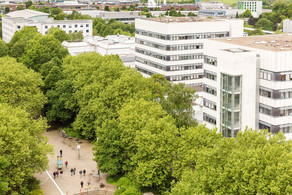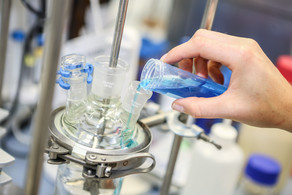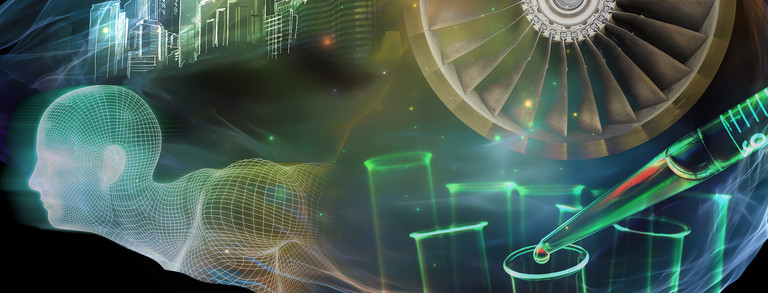Analytical Devices
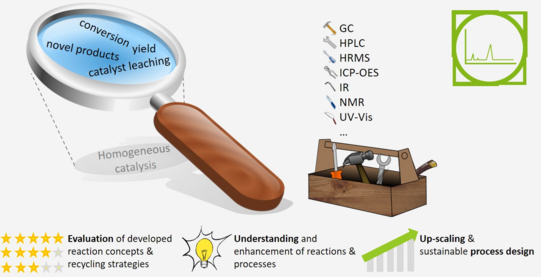
Gas Chromatography
Auto-sampling devices:
- HP (FID/WLD)
- Agilent (FID/WLD/MSD)
- Shimadzu ( FID/MSD)
We use it for:
- Quantitative and qualitative analysis of miscellaneous organic substances (polar/apolar/chiral) and gases
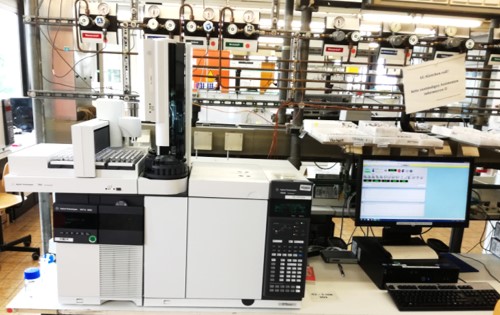
High Performance Liquid Chromatography
Device:
- VWR/Hitachi
We use it for:
- Preparation, separation, identification and quantification of non-volatile substances
- Operation as two separate systems or continuous variation of mixing ratios of solvents
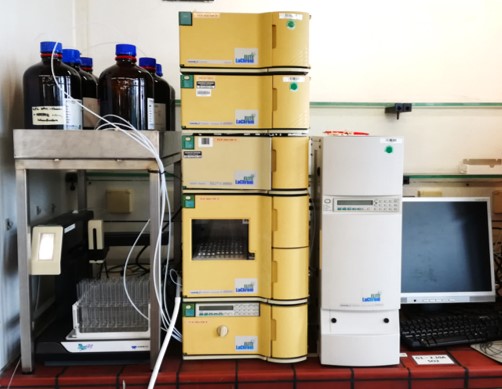
High Resolution Mass Spectroscopy
Device:
- Bruker „compact QTOF“ with ESI source in the chemical department of TU Dortmund
We use it for:
- Characterization of novel products
Inductively Coupled Plasma Optical Emission Spectrometry
Device:
- Thermo Elemental IRIS Intrepid
We use it for:
- Determination of catalyst leaching
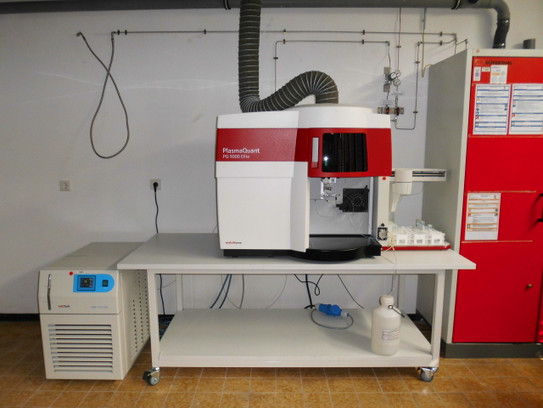
Infrared spectroscopy
Devices:
- Bruker Vertex 70 (transmittance spectrum)
- Mettler Toledo ReactIR 15 (attenuated total reflexion IR probe)
We use it for:
- In-situ analysis
- Real-time analysis
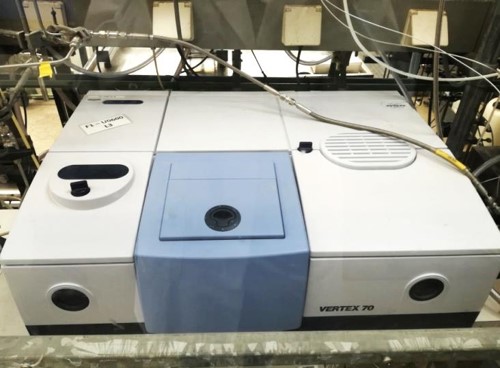
Nuclear Magnetic Resonance
Devices:
- Bruker Corp. DRX300, DRX400 and DRX500 or ARX300 devices in the chemical department of TU Dortmund
- SPINSOLVE PHOSPHORUS 60 MHz ULTRA (1H,19F and 31P) portable benchtop NMR device
We use it for:
- Real-time reaction monitoring
- Short-term analysis of purified products
- Solvent supression
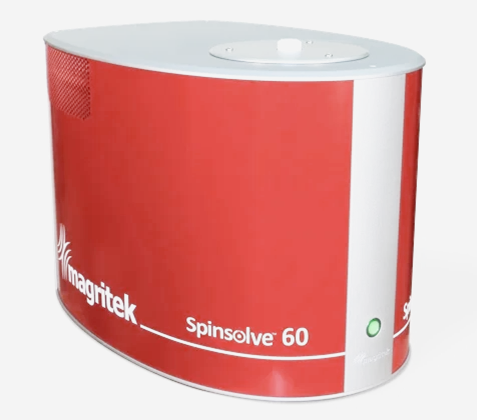
Ultraviolet-Visible Spectroscopy
Devices:
- Varian Cary 100
We use it for:
- Evaluation of separation techniques
- Quantification of catalyst leaching
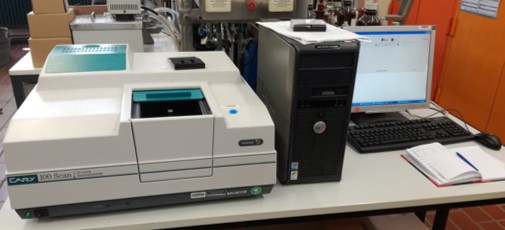
Melting Point Apparatus
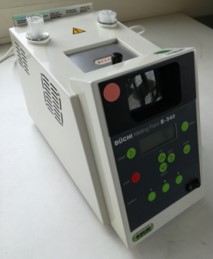
Coulometry
Devices:
- TitroLine 7500 KF trace
We use it for:
- According to Karl Fischer for water determination in organic solvents
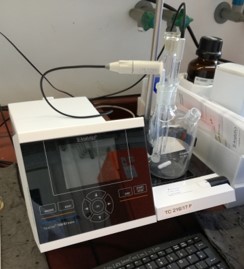
Refractometer
Devices:
- Zeiss
We use it for:
- Determination of the refractive index
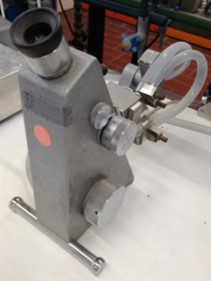
Microwave
Devices:
- Mars 6
We use it for:
- Chemical digestions for ICP analysis


